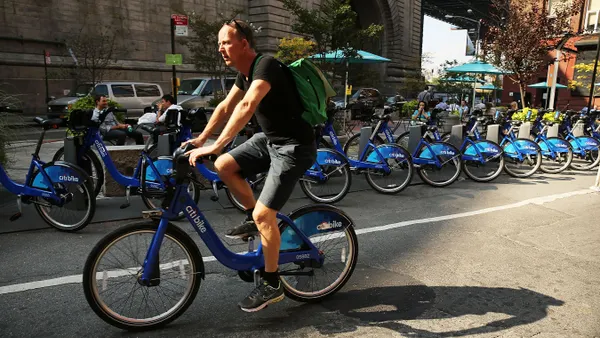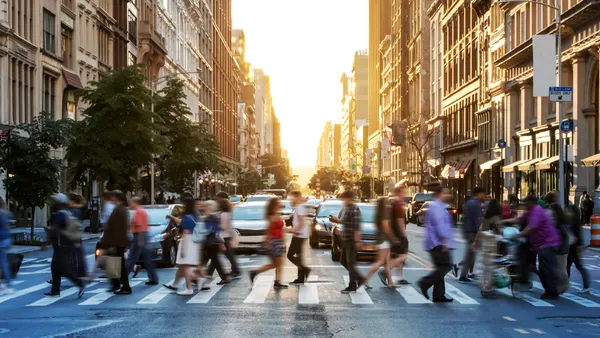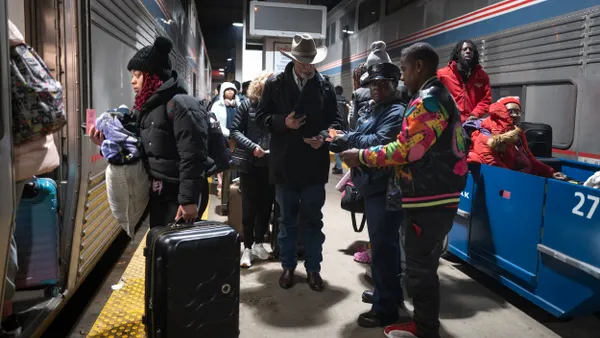An air of optimism prevailed at this year’s U.S. High Speed Rail conference, held May 14-15 in Washington, D.C. With the Las Vegas to Southern California line starting construction, the California project continuing to build and Amtrak reviving the possibility of a Dallas to Houston high-speed rail line, “the outlook has never looked brighter” for high-speed rail in the U.S., said Andy Kunz, president and CEO of the US High Speed Rail Association, in opening remarks Tuesday.
“This year is one we're going to remember in the history of high-speed rail,” said Transportation Secretary Pete Buttigieg. “And we are just getting warmed up.” The conference featured Buttigieg in conversation with Ray LaHood, transportation secretary from 2009 to 2013, during the Obama administration.
Buttigieg said he sees the possibility of a budding domestic high-speed rail industry, “taking its place alongside the auto industry.” However, with funding from the 2021 infrastructure law ending after fiscal year 2026, “we do need to think about the sustainability of rail funding,” he said.
The proposed Texas Central project to connect Dallas and Houston by high-speed rail dates back at least 10 years, when the environmental review process began, but appeared to stall out during the COVID-19 pandemic. Then in August 2023, Amtrak announced it was in talks with Texas Central Partners to advance the project.
Andy Byford, Amtrak’s senior vice president of high-speed rail development programs, said at the conference Wednesday that the project “will be transformative: 90-minute journeys between Dallas and Houston, with all of the economic benefit that that would generate.”
Byford also said Amtrak is taking a holistic approach to Texas rail travel, including both its conventional trains and working with the North Central Texas Council of Governments on a separate project to connect Dallas and Fort Worth by high-speed rail. “It's part of the broader strategy of Amtrak to get people riding the rails again, to upgrade the whole of the system and to fit in where it makes sense to identify corridors that we do think have merit and take them forward,” Byford said.
Brightline West, which will connect Las Vegas and Rancho Cucamonga in Southern California, is a public-private partnership, having received $3 billion in federal grants for the $12 billion project. “We are trying to be as efficient as we can with the capital spend,” Brightline CEO Mike Reininger said at the conference. The company expects the 218-mile rail line to open in 2028, in time for the Summer Olympics being held in Los Angeles.
Asked if Brightline is considering other high-speed rail projects in the U.S., Reininger said he had no news to report, but added, “Here's a clue: 200 to 300 miles apart, big cities, lots of existing travel, broken infrastructure systems, that's where a high-speed train will work. So wherever that exists in the United States, we are interested in it.”
But will people get out of their cars and take to the rails? “I am firmly convinced that the first time that the first customer buys that first ticket for that first true high-speed rail on U.S. soil, there will be no going back,” Buttigieg said at the conference. “People will expect and demand it everywhere.”











